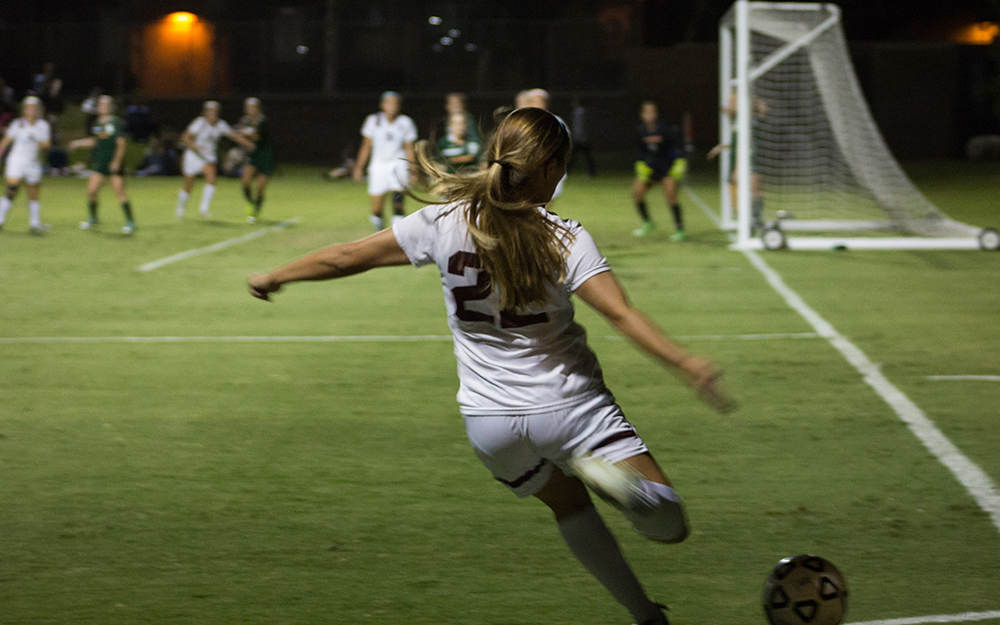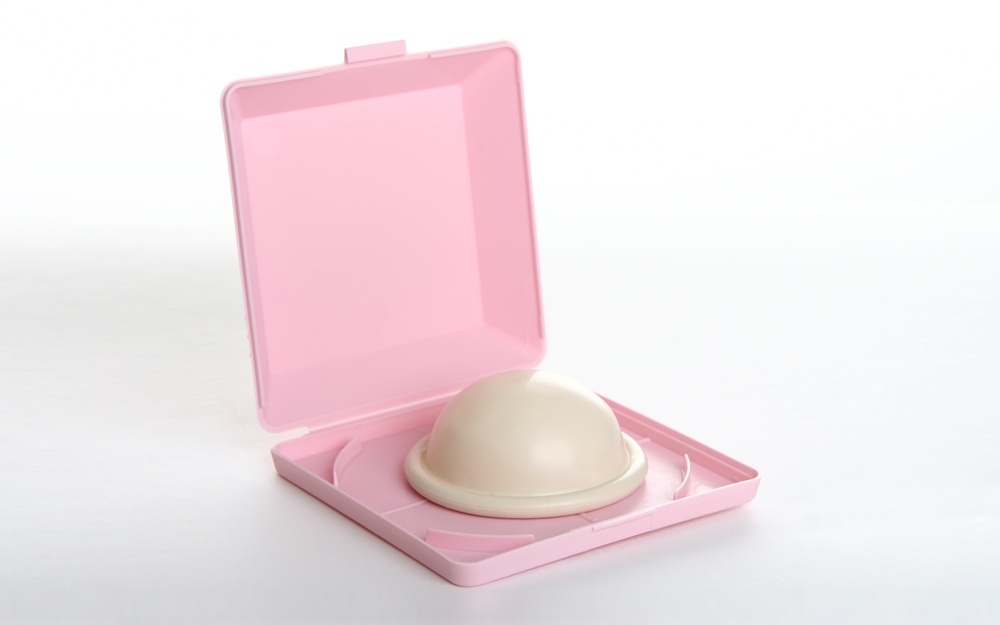Concussions in Sports: Tips for Female Athletes
Date
July 29, 2022
Credits

Date
July 29, 2022
Credits
Medical providers featured in this article

In Brief
{{cta-block}}
Recent research published in Nature revealed that female soccer players are twice as likely to suffer from concussions as their male counterparts.
The study looked at soccer specifically, but data shows that females have a higher diagnosis of concussion across all sports, says Dr. Tracy Zaslow, a sports medicine specialist at the Cedars-Sinai Kerlan-Jobe Institute. Although the reason for this is unclear, it is almost certainly due to multiple factors.
"Females may report the symptoms more, which could be one answer," Dr. Zaslow says. "There also seems to be a difference in the mechanism of injury. In soccer, for instance, men are more prone to big head-to-head collisions, whereas women are more prone to head-to-ball or head-to-goalpost collisions."
"Our system is set up for identifying the 'big hits.' As a result, our prevention efforts have largely focused on treating—or avoiding—those. That potentially leaves females more vulnerable to unrecognized injury."
{{providers}}
"In soccer, men are more prone to big head-to-head collisions, whereas women are more prone to head-to-ball or head-to-goalpost collisions."
A gap in research
Central to unraveling the mystery behind why female athletes have a higher incidence of concussion is increasing the volume of related research.
"As recently as the 1970s—pre-Title IX—most athletes were male, and most research was done on men and boys," Dr. Zaslow says. "Today, the number of females in sports is approaching the number of males, but the research is still catching up."
While more investigation into female head injury is needed, there is research demonstrating that, for women and men, leaving a game or practice after a possible concussion leads to faster recovery than playing until the match is through.
Since head-to-head contact is recognized more easily, men may be pulled out of games faster after a head injury. Women who may have experienced a head-to-ball hit may be kept on the field longer, thus worsening the injury and even potentially lengthening their period of recovery.
"In these situations, studies have shown that reaction time and neurocognitive functions, like visual memory tasks, appear to take longer to resolve in women than in men," Dr. Zaslow says.
Read: Concussion Symptoms in Children: What to Know
Knowing the signs
It's not just recovery time that can vary between females and males who have experienced head trauma—the actual symptoms are often different, as well.
"Men tend to have memory loss and confusion. Women report more drowsiness and sensitivity to light," Dr. Zaslow says.
Doctors evaluating potential head injuries typically ask athletes to report on 22 different symptoms, rating them on a scale of zero to six. Interestingly, female athletes tend to rate their symptoms (from headaches to difficulty concentrating to emotional problems) at a higher number than males.
"We don't yet know why that is," Dr. Zaslow says. "People have postulated that it may be the result of differences in estrogen between females and males. What is clear is that, for whatever reason, female and male athletes react to and process their injuries in unique ways."
Read: Gender Differences Mean More Knee Injuries for Women
Prevention is key
While ongoing research should help clarify gender differences in sports-related head injuries, Dr. Zaslow notes that the best way to deal with a concussion is to avoid it in the first place.
"Prevention is my number one go-to, and when patients come to see me for a preseason physical exam, I start by outlining some essential things they should have on their radar," she says.
1. Play with good technical form
Using good technique and playing by the rules help reduce athletes' risk of getting injured, Dr. Zaslow says.
"For instance, in soccer, it's not recommended that kids begin even practicing headers until they're 10-13 years old. At 14 and above, they can use it in game play," she says.
"When they are ready, they should make sure to have their eyes open and neck muscles engaged, and they should aim for the ball to touch the top of the forehead. Also, if there are other players going in for the ball, the head is not what they want to use as a main tackle tool."
Read: How to Help Young Athletes Prevent Sports Injuries
2. Use the right equipment
Dr. Zaslow says players should consider practicing headers with a beach or Nerf ball, which are softer than regular soccer balls. In addition, they should be sure they are only using FIFA-certified balls during competition.
"FIFA-certified balls have material that doesn't absorb water," she says. "You don't want to use a ball that soaks up moisture from the turf because that makes it heavier and could lead to more head injury."
In sports that require helmets, athletes should have a helmet that fits properly, with inflated air bladders and straps that sit tight.
3. Prioritize sleep
"There's evidence that getting eight hours of sleep or more each night decreases the rate of sports injury overall, including concussion," Dr. Zaslow says. "Good sleep should be part of any training regimen."





